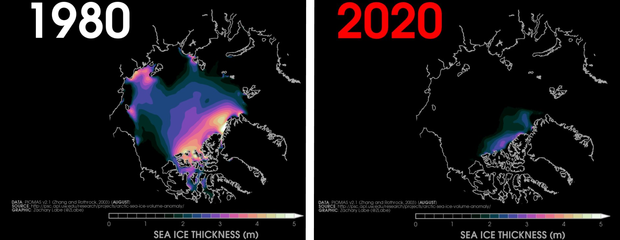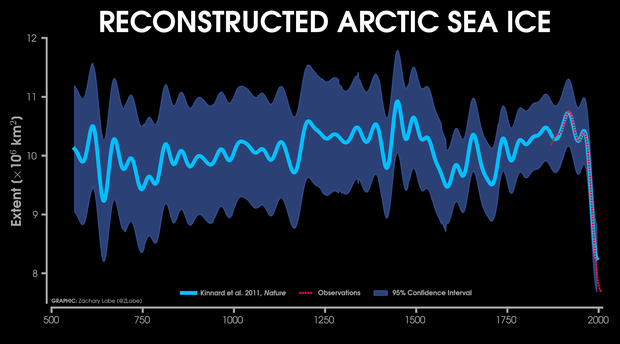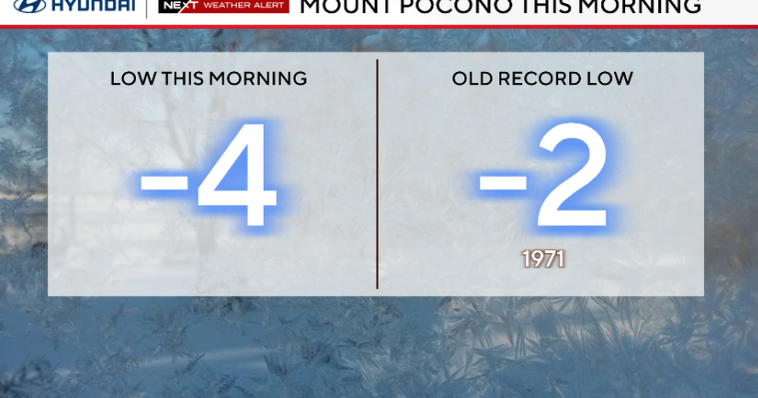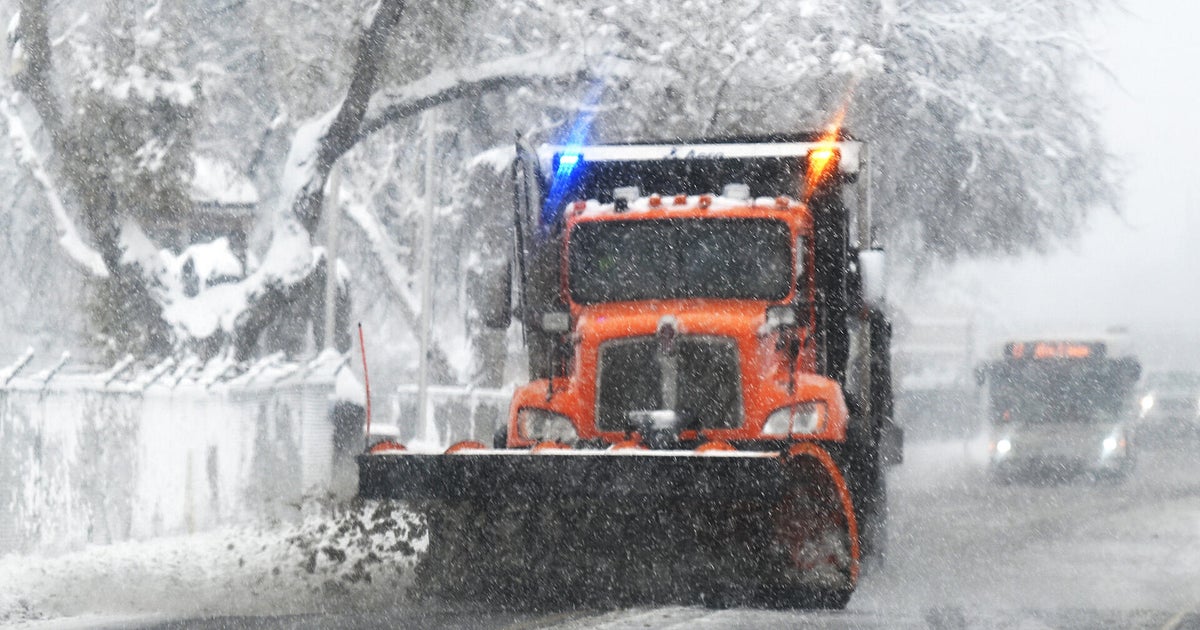Temperatures in the Arctic are astonishingly warmer than they should be
It's been happening for several years now, especially in the autumn, but it never ceases to unsettle meteorologists like myself: Temperatures in the Arctic are astonishingly warmer than they should be.
According to the University of Maine's Climate Reanlayzer, this weekend the Arctic Circle was an average 12 degrees Fahrenheit above normal. This is not just one location, but the average of all 7.7 million square miles. That is a huge area, nearly double the size of the entire United States, being on average 12 degrees above normal.
Now, it's far from toasty warm in the Arctic; temperatures are near zero in many places. But as you can see in the image below, which illustrates departures from normal, the bright red shaded patches indicate that temperatures are greater than 20 degrees Celsius (30-40 degrees F) above where they should be at this time of year.
"It's all but becoming an annual reminder of the rapid climate change we have observed in the Arctic," explains Dr. Zack Labe, an Arctic climate specialist from Colorado State University.
While the pace of global warming is the fastest we have seen in millions of years, nowhere is it warming faster than the Arctic. Temperatures in the Arctic are rising at three times the pace of the rest of the globe.
In 2020, Arctic warming is among the highest levels yet.
The rapid warming trend in the Arctic can be traced to the unique makeup of the Arctic Ocean, which is rapidly changing. The Arctic is mainly ocean covered by millions of square miles of sea ice most of the year. But since the 1970s, sea ice extent has been decreasing quickly and sea ice volume has dropped by two-thirds.
Each year Arctic sea ice reaches its minimum in September. This year was the second lowest on record. While that in itself is significant, what happened next was even more surprising. The recovery of sea ice stalled for a few weeks, with October breaking records for the lowest sea ice extent on record.
This resulted in the Northeast Passage along the Siberian coast, which used to be rarely ever open, remaining passable for a record 112 days, shattering the old record by about a month.
Although the Arctic is warming all year round, the strongest warming — known as Arctic amplification — occurs during the fall months.
"All of the heat that was absorbed into the ocean from the summer is released back into the atmosphere as sea ice begins reforming ahead of the winter," explains Labe. "There is [still] a large area of open water that would normally be sea ice covered."
As a result, the lack of sea ice cover and open water is allowing heat to be transferred from the ocean into the overlying atmosphere very late into the season. That is amplifying temperatures to abnormal levels.
The plot below shows how Arctic amplification during the autumn months is boosting warming faster than any other time of year.
"The Arctic has transitioned from a state of old and thick sea ice to one with thin, first-year ice accompanied by rapidly warming ocean and air temperatures," explains Labe, providing evidence that the Arctic is shifting into a new climate regime.
This is having implications outside of the Arctic Ocean as well. In Siberia, from January to June 2020, a heat wave so widespread, prolonged and intense occurred that scientists found it would have been essentially impossible without human-caused climate change, and was made at least 600 times more likely by greenhouse warming.
That abnormal warmth has persisted all year.
So what does this all mean to most of the world's population that lives far south of the Arctic? This is one of the most intensely studied and debated topics in climate science right now, and one that is yet to have a clear answer.
With such dramatic changes occurring across the Arctic, scientists agree there's bound to be a domino effect into the mid-latitudes. While the details are still being worked out, what appears most clear is that Arctic amplification is linked to more climate extremes in the Northern Hemisphere, potentially by shifting atmospheric and perhaps even ocean steering currents.
What's happening in the Arctic, says Labe, is consistent with our projections in global climate models, lending credibility to future projections. He warns that we should pay close attention to the dramatic changes in the Arctic because it's a bellwether for the rest of us: "The Arctic is really a warning sign of future climate change around the rest of the planet."









